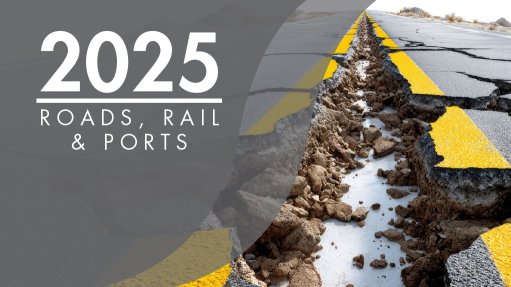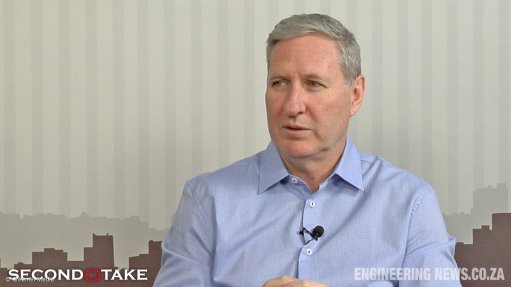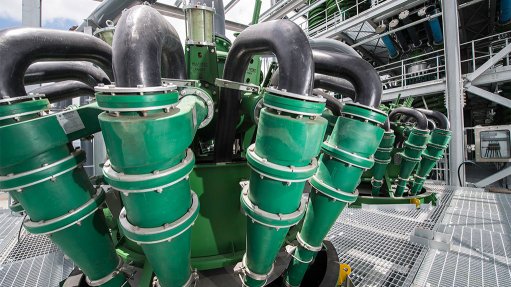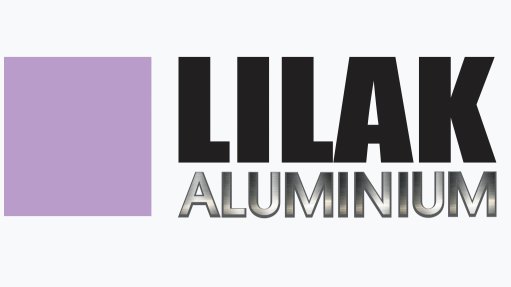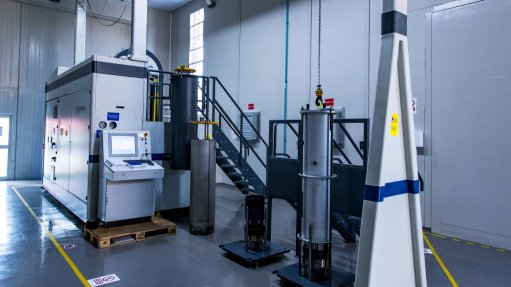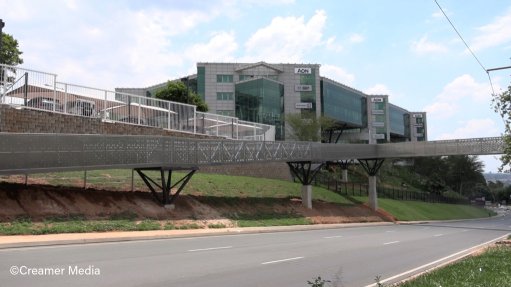Smart tape must replace red tape
While the African Continental Free Trade Area (AfCFTA) is the world’s largest free trade zone in terms of the number of participating countries, further efforts are required to unlock its full potential for intra-African trade and investment, says tertiary institute North-West University Business School’s Professor Raymond Parsons.
The AfCFTA was created as a major continental economic instrument to address trade imbalances over the next decade, however, progress has been slow.
Intra-African trade is about 15%, compared with 55% in Asia, 49% trade in North America and 63% trade within the EU.
“Until now, AfCFTA negotiations have understandably been a very difficult and highly protracted process, with limited results,” says Parsons.
Progress still needs to be critically monitored and evaluated, with the various stakeholders also to be held accountable for outcomes to date within their sphere of influence.
This has become even more urgent following US President Donald Trump’s latest tariff announcements – regardless of the recent 90-day pause – especially because higher tariffs will impact about 30 African economies that are conducting business with the US, Parsons elaborates.
Further, there is uncertainty over the renewal of the African Growth and Opportunity Act (Agoa) by the US Congress later this year.
The way in which African countries position themselves geo-economically will, therefore, be crucial to protecting their long-term interests and credibility, which could serve as an opportunity to strengthen the collective voice for Africa.
“The strong presence of African countries at the 2025 Group of Twenty Summit being hosted in South Africa this year is another opportunity to forge new alliances and promote economic relations,” Parsons adds.
As a result of the radically changed global economic outlook, there is greater urgency to expedite progress to the next phase of the AfCFTA, whereby some of the existing timelines may have to be shortened.
African governments and the African Business Council must collaborate on identifying new AfCFTA strategies, reinforced by similar interactions at regional level.
Parsons asserts that the next step requires close cooperation between various governments and the private sector to expedite progress in AfCFTA negotiations, while, mobilising effective public–private partnerships to promote cross-border investments should also be encouraged.
To address immediate barriers, a more robust commitment by participants to hasten African economic integration is required amid the current global climate.
Issues such as harmonising trade-related policies, regulations and standards require urgent attention, as businesses are struggling with varying regulations and standards across multiple jurisdictions.
He adds that “smart tape must replace red tape”, as the latter adds to the cost of doing business and deters investment, noting that “the overarching goal must be to steadily reduce the costs of doing business in Africa”.
Additionally, infrastructure development, particularly in transport and logistics, should be prioritised, as tariff reduction alone is insufficient if the necessary infrastructure does not facilitate the movement of goods.
South Africa’s Opportunities and Hurdles
South Africa must evaluate all its trade options if it wants to derisk its US economic relations.
According to a joint 2023 report by international advocacy non-governmental organisation World Economic Forum on AfCFTA, the country’s agroprocessing, tourism, automotive, pharmaceuticals, transport and logistics sectors offer the most potential for growth and expansion into Africa.
From a sectoral perspective, South Africa is also Africa’s leading investor in renewable energy, in both the public and private sectors, which could benefit other African countries in their transition efforts, Parsons adds.
However, he notes that several of these sectors – in which South Africa is regarded as having economic potential with the AfCFTA – are under serious threat, owing to higher US tariffs. Therefore, African has become relevant to South Africa’s search for alternative markets.
“Finding new markets, whether in Africa or elsewhere, will be tough unless South Africa also remains globally competitive and business-friendly in ways that enlarge market share,” Parsons says.
Further, South Africa must accelerate structural reforms to achieve the Government of National Unity’s (GNU’s) overall GDP growth target of 3% in the medium term.
A more growth-conducive macroeconomic environment is also required, along with developing the capacity required to improve public-sector delivery and outcomes, he asserts.
Ongoing collaboration between government and business remains key to improving investment and growth, as well as strengthening business confidence. Strong cooperation in this regard could assist in creating economic buffers and building the resilience needed against external shocks, Parsons emphasises.
“At the macroeconomic level, it remains important for South Africa to put the issues around the 2025/26 Budget to rest and ensure that the fiscal outlook is supported by credible outcomes.”
He adds that growth assumptions underpinning revenue forecasts may prove overly optimistic in the changing global context, and forecasts are already being revised downwards.
“It is also clear that the markets and business would prefer the GNU to continue in its present format and that political instability would be bad for investor confidence,” Parsons concludes.
Article Enquiry
Email Article
Save Article
Feedback
To advertise email advertising@creamermedia.co.za or click here
Comments
Press Office
Announcements
What's On
Subscribe to improve your user experience...
Option 1 (equivalent of R125 a month):
Receive a weekly copy of Creamer Media's Engineering News & Mining Weekly magazine
(print copy for those in South Africa and e-magazine for those outside of South Africa)
Receive daily email newsletters
Access to full search results
Access archive of magazine back copies
Access to Projects in Progress
Access to ONE Research Report of your choice in PDF format
Option 2 (equivalent of R375 a month):
All benefits from Option 1
PLUS
Access to Creamer Media's Research Channel Africa for ALL Research Reports, in PDF format, on various industrial and mining sectors
including Electricity; Water; Energy Transition; Hydrogen; Roads, Rail and Ports; Coal; Gold; Platinum; Battery Metals; etc.
Already a subscriber?
Forgotten your password?
Receive weekly copy of Creamer Media's Engineering News & Mining Weekly magazine (print copy for those in South Africa and e-magazine for those outside of South Africa)
➕
Recieve daily email newsletters
➕
Access to full search results
➕
Access archive of magazine back copies
➕
Access to Projects in Progress
➕
Access to ONE Research Report of your choice in PDF format
RESEARCH CHANNEL AFRICA
R4500 (equivalent of R375 a month)
SUBSCRIBEAll benefits from Option 1
➕
Access to Creamer Media's Research Channel Africa for ALL Research Reports on various industrial and mining sectors, in PDF format, including on:
Electricity
➕
Water
➕
Energy Transition
➕
Hydrogen
➕
Roads, Rail and Ports
➕
Coal
➕
Gold
➕
Platinum
➕
Battery Metals
➕
etc.
Receive all benefits from Option 1 or Option 2 delivered to numerous people at your company
➕
Multiple User names and Passwords for simultaneous log-ins
➕
Intranet integration access to all in your organisation





